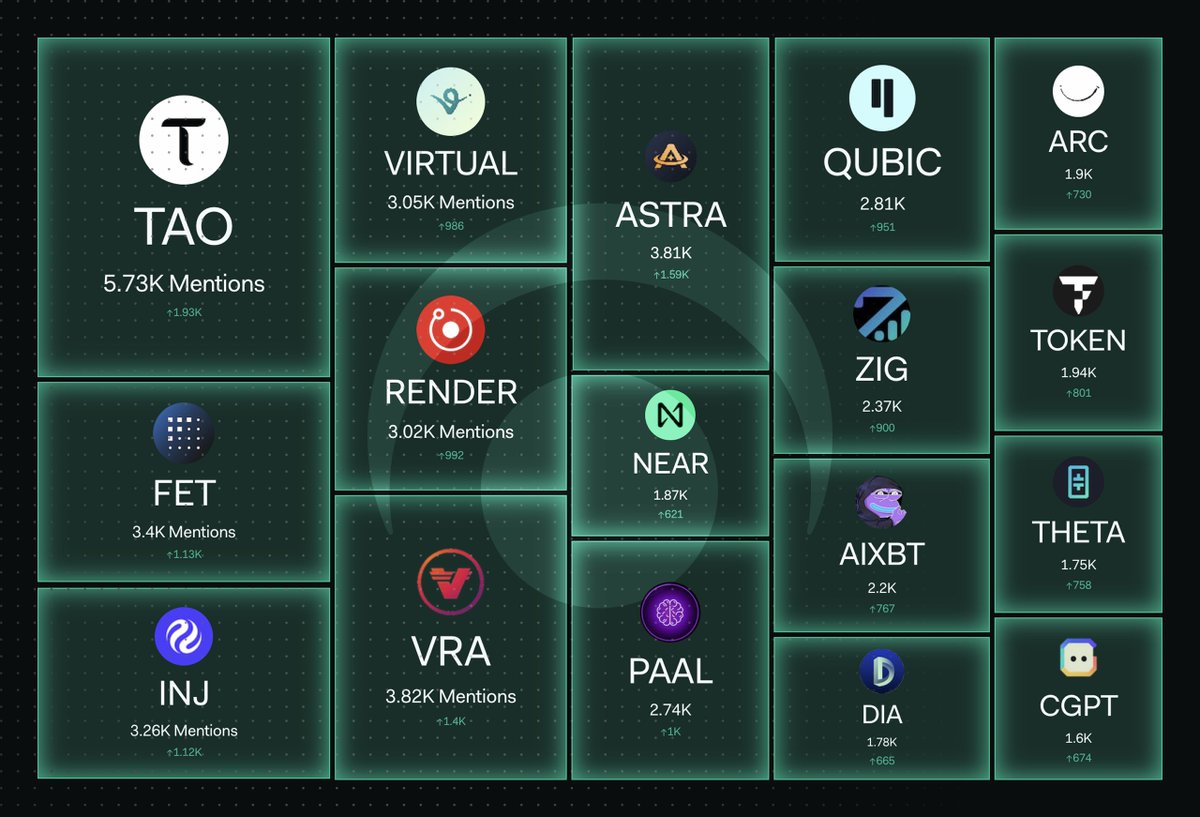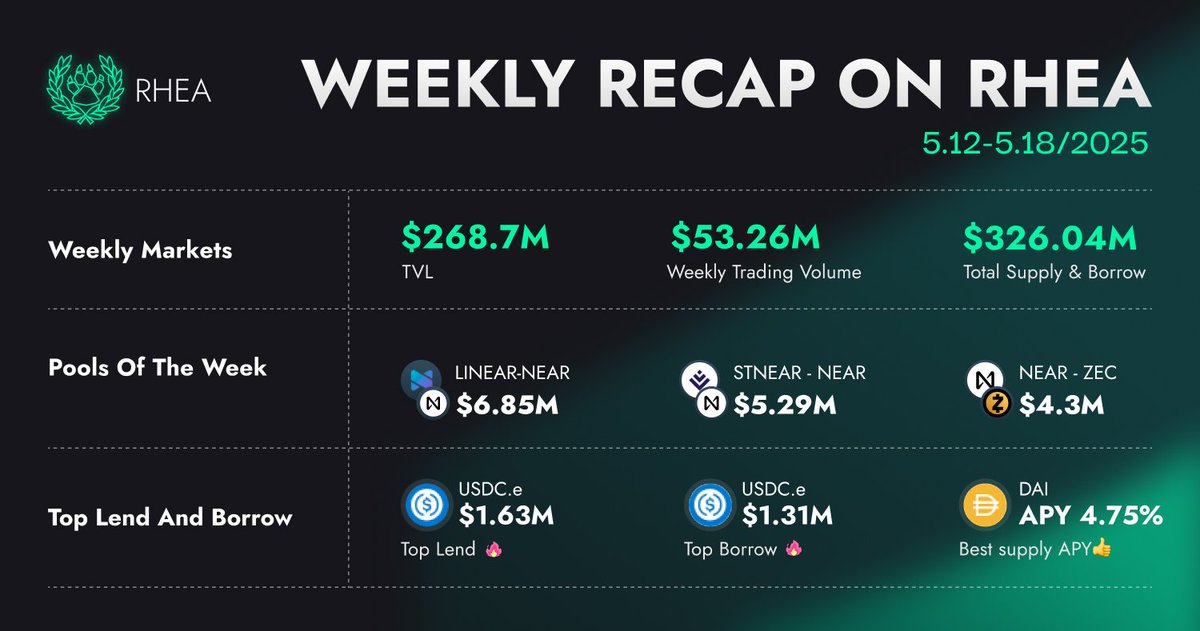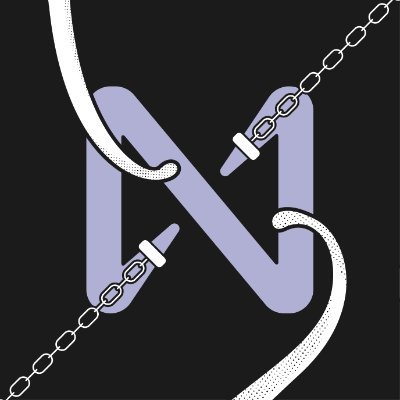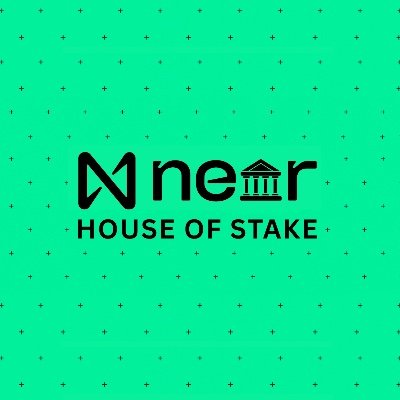
Near Protocol price

Near Protocol market info
Market cap = Circulating supply × Last price

Near Protocol Feed






NEAR calculator


Near Protocol price performance in USD
Popular Near Protocol conversions
| 1 NEAR to USD | $2.8650 |
| 1 NEAR to PHP | ₱159.47 |
| 1 NEAR to EUR | €2.5287 |
| 1 NEAR to IDR | Rp 46,867.33 |
| 1 NEAR to GBP | £2.1349 |
| 1 NEAR to CAD | $3.9710 |
| 1 NEAR to AED | AED 10.5231 |
| 1 NEAR to VND | ₫74,415.58 |
About Near Protocol (NEAR)
- Official website
- White Paper
- Github
- Block explorer
Latest news about Near Protocol (NEAR)



Near Protocol FAQ
Near Protocol is a cutting-edge Layer 1 blockchain platform, known for its scalability and rapid transactions, courtesy of its sharding mechanism.
Near Protocol incorporates sharding, a technique that divides the network into smaller segments (or shards), thereby optimizing transaction speeds and overall network performance.
Easily buy NEAR tokens on the OKX cryptocurrency platform. Available trading pairs in the OKX spot trading terminal include NEAR/BTC, NEAR/USDC and NEAR/USDT.
You can also buy NEAR with over 99 fiat currencies by selecting the "Express buy" option. Other popular crypto tokens, such as Bitcoin (BTC), Ethereum (ETH), Tether (USDT), and USD Coin (USDC), are also available.
Additionally, you can swap your existing cryptocurrencies, including XRP (XRP), Cardano (ADA), Solana (SOL), and Chainlink (LINK), for NEAR with zero fees and no price slippage by using OKX Convert.
To view the estimated real-time conversion prices between fiat currencies, such as the USD, EUR, GBP, and others, into NEAR, visit the OKX Crypto Converter Calculator. OKX's high-liquidity crypto exchange ensures the best prices for your crypto purchases.
Monitor crypto prices on an exchange
Disclaimer
OKX does not provide investment or asset recommendations. You should carefully consider whether trading or holding digital assets is suitable for you in light of your financial condition. Please consult your legal/tax/investment professional for questions about your specific circumstances. For further details, please refer to our Terms of Use and Risk Warning. By using the third-party website ("TPW"), you accept that any use of the TPW will be subject to and governed by the terms of the TPW. Unless expressly stated in writing, OKX and its affiliates (“OKX”) are not in any way associated with the owner or operator of the TPW. You agree that OKX is not responsible or liable for any loss, damage and any other consequences arising from your use of the TPW. Please be aware that using a TPW may result in a loss or diminution of your assets. Product may not be available in all jurisdictions.
NEAR calculator









































